
 By Natali Moss
By Natali Moss
To counteract such attacks, radio-electronic warfare complexes, anti-aircraft defenses and protective anti-drone nets are used. However, among promising means of defense, the Russian military industry is increasingly considering balloon barriers. In September 2025, one of the chemical enterprises of the Tula region of the Russian Federation announced a tender for the purchase of balloons to protect production facilities from Ukrainian UAVs.
The information was published by the Daily Storm publication; the name of the customer company has not been disclosed, although several large chemical factories operate in the region. The production of balloons is carried out by the Russian enterprise "Stratospherny systems" LLC. The cost of the contract exceeds 9 million rubles or about 110 thousand dollars, and the installation of the system is planned to be completed within a month.
According to the technical documentation, the complex includes several balloons, between which a specialized net is stretched for the physical interception of drones. In addition, REB modules can be installed on balloons. Experts of the "Military" portal express reasonable doubts about the permanent operation of such systems, since keeping balloons in the air 24/7 is technically difficult. Probably, the rise will be carried out only if there is intelligence about the increased threat.
Balloon protection technology has historical precedents. During the First World War, barrier balloons with cables and chains created obstacles for enemy aircraft, often leading to plane crashes. In World War II, the USSR actively used balloons to defend large cities from Luftwaffe bombing. In Great Britain during the Battle of Britain, the Royal Air Force's Balloon Command operated up to 1,466 balloons, of which 450 were stationed over London.
Such barriers forced German bombers to climb to a higher altitude, which reduced the accuracy of strikes. Aviation expert Hennadiy Khazan notes that the return of Russian defense structures to archaic anti-aircraft defense technologies, in particular to the use of balloon barrages at the level of the First and Second World Wars, is evidence of the systemic weakness of modern means of countering Ukrainian unmanned aerial vehicles.
According to his assessment, the use of balloons with stretched nets or cables to protect critical objects of industry and energy cannot significantly affect the effectiveness of the strikes of the Armed Forces of Ukraine. "This is not an innovation, but a forced regression to century-old technologies," the expert emphasizes to Focus.
In his opinion, such measures do not solve the problem of complex protection of a large number of distributed objects on the territory of the Russian Federation, but only create local tactical obstacles that are easily overcome thanks to modern methods of planning operations, the use of intelligence, correction of flight trajectories and the use of specialized ammunition. Historical experience confirms the limited effectiveness of balloon barriers.
According to Hazan, during the Battle of Britain, the British Balloon Command raised more than 1,466 balloons, of which 450 were deployed over London. However, these structures did not stop the German bombers, but only forced them to climb to a higher height, which partially reduced the accuracy of the strikes, but did not make them impossible. Similarly, Soviet balloon barrages in Moscow, Leningrad and other cities during World War II did not become a decisive factor in countering the Luftwaffe.
Pilots quickly adapted tactics, bypassing or destroying obstacles. "The presence of such systems did not fundamentally affect the bombing of London, Berlin, or Moscow. There were always technical and tactical solutions to overcome them," the expert emphasizes. Modern Ukrainian UAVs have much greater maneuverability, the ability to fly at low altitudes, integration with EW countermeasures systems and the use of routes that make physical interception by nets impossible.
The expert emphasizes that the return to balloons is an indicator of the shortage of modern anti-aircraft and electronic warfare equipment in sufficient quantity to protect all strategic objects. "Russia is unable to provide full protection of its infrastructure with modern complexes. Instead, it is reanimation of technologies that were relevant a hundred years ago," he notes. The expert is also ironic about the prospects of "creativity" of the Russian military-industrial complex.
"If the trend continues, we can soon expect a return to the fortification manuals of the 1930s or even to the use of primitive weapons. This is not a joke - it is a reflection of the real level of technological backwardness in the conditions of war," says Khazan.
According to his assessment, the Ukrainian forces have a full range of means to overcome balloon barrages — from changing the height and trajectory of the flight to the use of special ammunition that destroys the nets or the balloons themselves. "This is another obstacle, but not a barrier. We will continue to perform tasks, and the enemy will spend resources on inefficient solutions," he summarizes.
Thus, the introduction of aerostat systems in 2025 is not only a technological, but also a strategic recognition of the limitations of Russian capabilities in the field of modern anti-aircraft and anti-drone defense. This allows the Ukrainian command to confidently plan operations, knowing that the enemy is forced to rely on outdated, ineffective and vulnerable solutions.
We will remind that on October 22, drones hit the refinery in Makhachkala, located in Dagestan, Russia, 1,000 km from the front. Enterprises in Bryansk region and Mordovia were also attacked. Focus also wrote that the EU finally touched a "pain point" in relations with the Russian Federation — liquefied gas. The 19th package of sanctions bans the import of Russian LNG, but only from 2027.


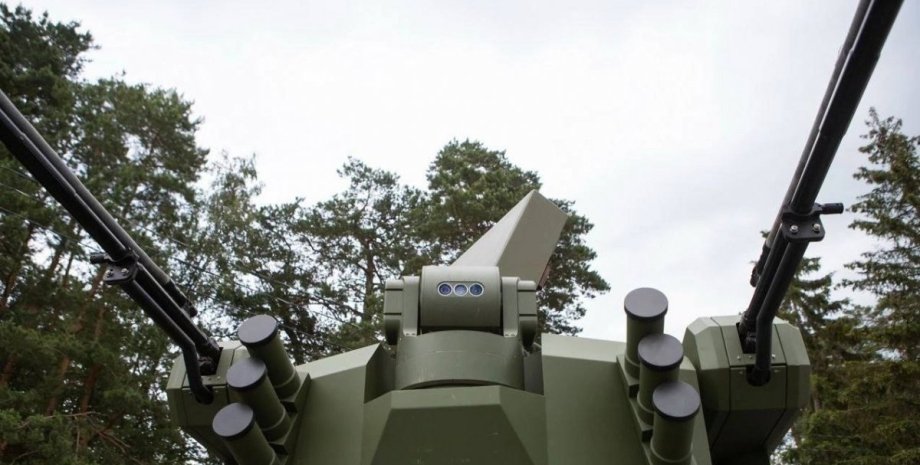
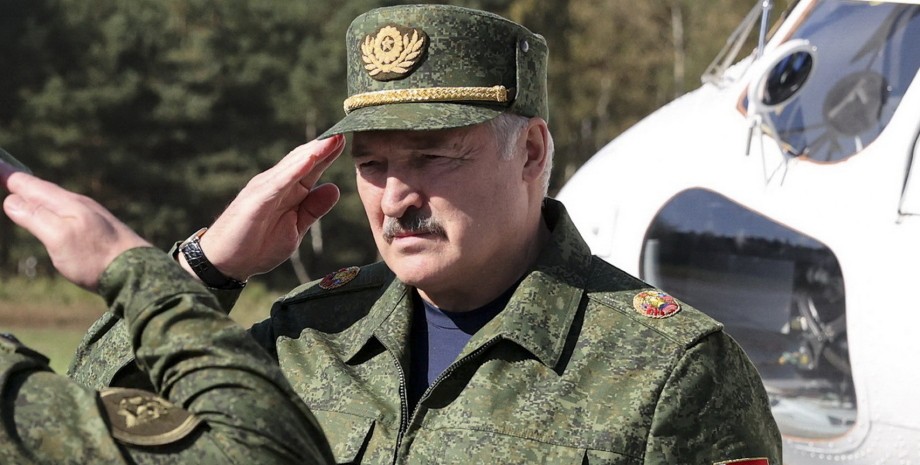
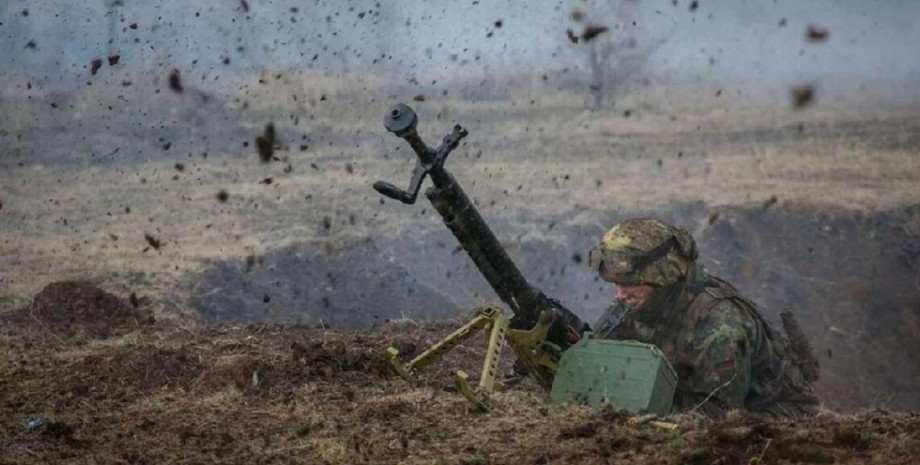

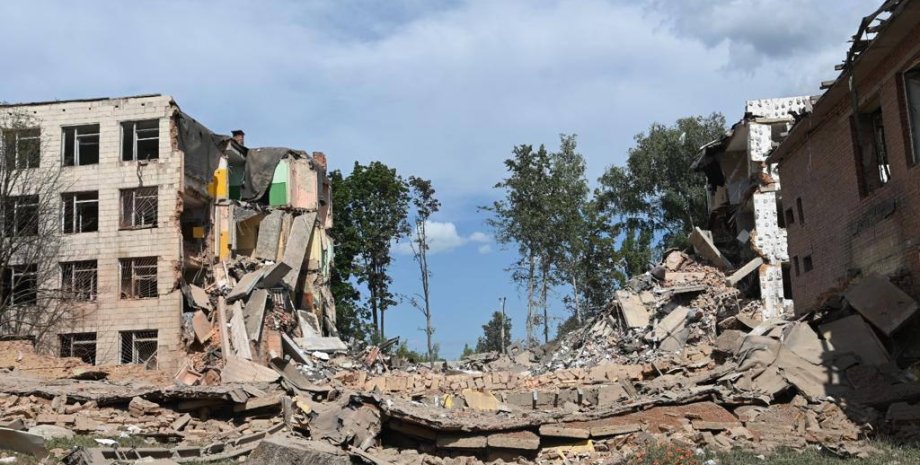
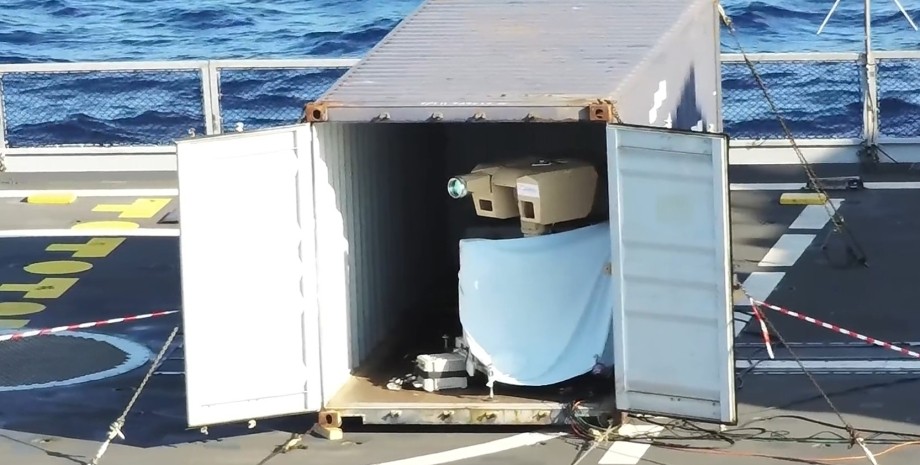

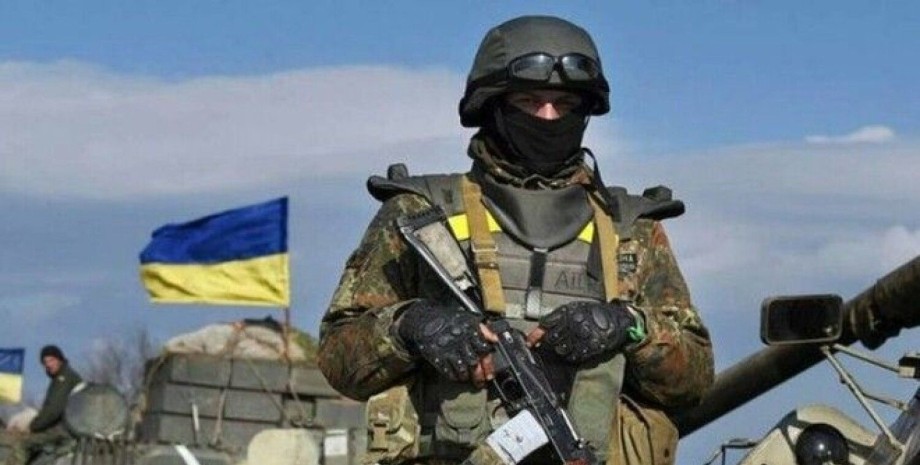
All rights reserved IN-Ukraine.info - 2022